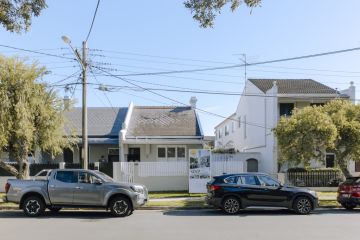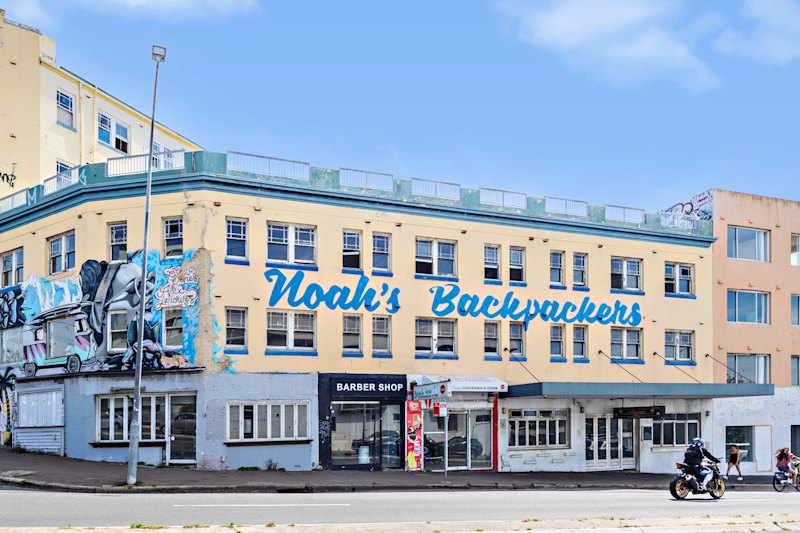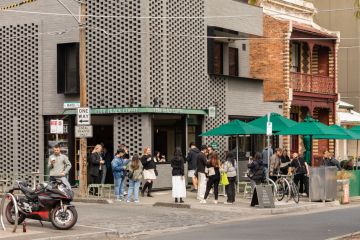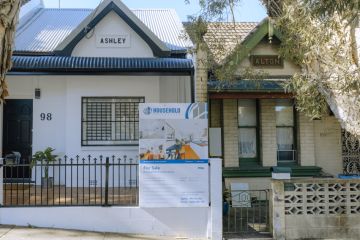The ABCs of asbestos

Asbestos: It’s serious
Asbestos was commonly used in Australian home construction prior to 1987, so if your home was built or renovated before this date, there’s a high chance it contains asbestos – be it obvious or hidden.
Inhalation of asbestos fibres can cause a range of severe health problems. One of the most serious is mesothelioma, a deadly cancer that affects the lining of the lungs. There is no cure for mesothelioma and the average survival time after diagnosis is just 10–12 months.
Until recently, asbestos-related health problems were most common in men who worked in asbestos factories or with asbestos-containing materials. But as DIY renovation has grown in popularity in Australia, there has been a rise in the occurrence of asbestos-related diseases among men and women who may have been inadvertently exposed to asbestos in their home through DIY renovations.
DIY renovators can disturb asbestos without realising it, unwittingly releasing harmful fibres into their homes. Don’t let this happen to you and your family!
Where could it be located?
The simple answer is: virtually anywhere!
Whether a home is constructed of weatherboard, brick, fibro or exterior cladding, asbestos could be present. You could find it under floor coverings such as carpets, linoleum and vinyl tiles, behind wall and floor tiles, in cement floors, internal and external walls, ceilings and ceiling space (insulation), eaves, garages, roofs, around hot water pipes, fences, extensions to homes, garages, outdoor toilets, backyard and farm sheds, chook sheds and even dog kennels.
What sort of DIY can expose me or my family to asbestos?
Peter Dunphy, chair of the Asbestos Education Committee, says any activity that disturbs asbestos-containing materials can create health risks for you or your family.
“Asbestos is only a health risk when asbestos-containing materials are disturbed and fibres become airborne. The fibres are microscopic and not necessarily visible, so you can expose yourself and your loved ones to harm without even realising it.
“Even minor DIY and home maintenance tasks such as drilling a hole into a fibro wall or installing a light fitting into a fibro ceiling can cause asbestos fibres to become airborne.
“We know that Australia has one of the highest rates of asbestos-related diseases in the world because Australia was among the highest consumers of asbestos products until a complete ban came into force in Australia in 2003.”
What should I do if I find it in my home?
As so many Australian homes feature asbestos, it’s vital to have your property checked by a licensed asbestos assessor or removalist before commencing any DIY work.
“If you do find or suspect asbestos in your home, do not cut, drill, sand or do anything to it that could disturb the fibres. Have a professional assess it. Professional removal of asbestos is affordable,” says Dunphy.
Why use a licensed asbestos assessor and remover?
If homeowners find a small amount of asbestos in their home, some may be tempted to remove and dispose of it themselves.
“This is not recommended because of the risk of accidentally exposing yourself or your family to asbestos fibres and long-term health risks,” says Dunphy.
Dunphy further says that although it does cost to have a licensed professional assess your home and remove any asbestos, the alternative is even more costly.
“The reality is, if you do it badly and need someone to come in and clean up the mess you make, it will cost you significantly more, not to mention the risk to your own and others’ health.”
Find out more
You can find out more about state regulations around its removal and what to do if you suspect your home contains asbestos.
Exposure to asbestos is a significant risk for Australian DIY renovators and homeowners. Have your home checked by a qualified assessor or removalist to save yourself and your family from life-threatening health consequences.
We recommend
We thought you might like
States
Capital Cities
Capital Cities - Rentals
Popular Areas
Allhomes
More







